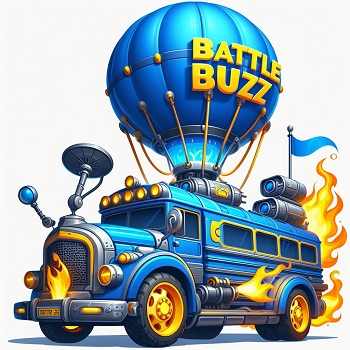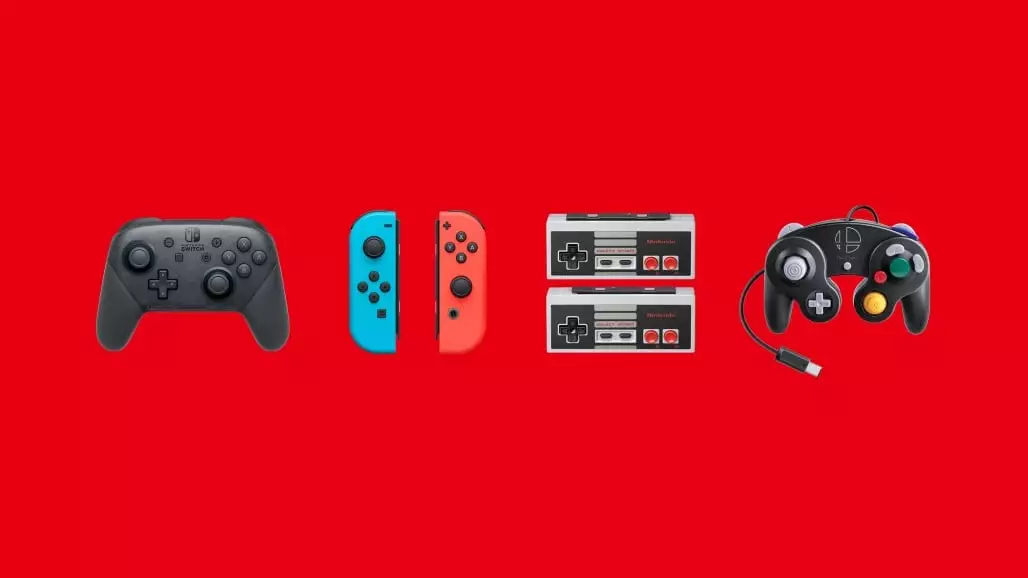Nintendo has long been a titan in the gaming industry, renowned for its ability to innovate while cherishing the nostalgia of its dedicated fanbase. With the impending release of the Switch 2, Nintendo continues this tradition by ensuring compatibility with a variety of existing controllers and accessories. This is not just a mere nod to its devoted consumers; it demonstrates an understanding of how crucial backward compatibility is in today’s rapidly evolving gaming ecosystem. It’s evident that Nintendo aims to provide seamless integration while introducing fresh features, striking a delicate balance that can satisfy both new and returning players.
Joy-Con 2 and Legacy Controllers
One of the standout elements of the Switch 2 announcement is the inclusion of Joy-Con 2 controllers right out of the box, a refreshing upgrade for an otherwise familiar gaming setup. However, existing Switch owners need not feel left out in the cold. The ability to use the original Switch Pro Controller alongside the older Joy-Con for Switch 2 exclusive games is a fantastic gesture that ensures players won’t have to break the bank on new accessories. While this feature adds significant value, it is worth noting the stipulations that accompany it. For instance, players may run into limitations when trying to play games that utilize the advanced functionalities exclusive to the Joy-Con 2, such as precise motion controls—a glaring reminder of how innovation can sometimes come with constraints.
Functional Limitations and Battery Considerations
Delving deeper, it’s essential to examine some operational limitations that come into play with the legacy controllers. The inability to wake the Switch 2 from sleep mode using the HOME Button on older controllers highlights a potential frustration for players who prioritize convenience and quick access to their games. While Nintendo offers alternatives, it appears as though they are reserving some functionalities strictly for the latest hardware, thus incentivizing players to consider upgrading. Moreover, the charging issue surrounding the original Joy-Con creates an unnecessary hurdle; being unable to charge these controllers directly from the Switch 2 indicates a missed opportunity for enhanced usability.
Compatibility with Classic Games and Controllers
Adding to the excitement surrounding the Switch 2 release is Nintendo’s confirmation that classic controllers, including the SNES, N64, and Sega Genesis controllers, will continue to be compatible. This is more than just a nostalgic trip down memory lane—it’s a strategy that fortifies Nintendo’s brand identity as a protector and purveyor of gaming history. Moreover, the fact that the GameCube Controller Adapter will still work on the Switch 2 is an encouraging sign for fans of competitive gaming and titles like Super Smash Bros., ensuring that beloved gaming experiences remain accessible.
The Road Ahead: A Pragmatic Yet Ambitious Approach
Nintendo’s approach to the Switch 2’s compatibility reflects a blend of nostalgia and innovation aimed at appeasing both new and long-time fans. However, the complexities of using older controllers with the latest system raise questions about user experience and accessibility. While the promise of new features presents exciting opportunities, they come with challenges that may temper initial enthusiasm. Nevertheless, with Nintendo’s storied history of evolution and adaptation, one can anticipate that they will continue to evolve to meet the needs of their diverse player base. Nintendo is setting the stage for an exhilarating journey ahead, but it may require a bit of patience and flexibility from its loyal supporters along the way.


Leave a Reply